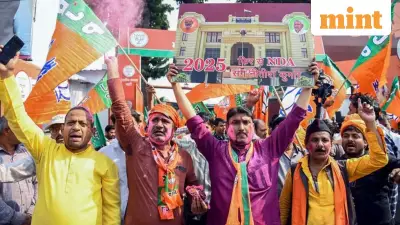
The recently concluded Bihar assembly elections have revealed surprising statistics about the educational background and gender composition of the state's newly elected representatives. According to data analyzed from the election results, a significant portion of Bihar's lawmakers lack formal college education, while women continue to be underrepresented in the state's political arena.
Educational Qualifications of Bihar MLAs
Approximately 40% of the newly elected Members of Legislative Assembly in Bihar do not possess a college degree, according to comprehensive data compiled from affidavits submitted during the election process. This striking statistic highlights the educational profile of those who will be shaping Bihar's legislative future for the coming term.
The data reveals a diverse educational background among the elected representatives, with many having completed their schooling but not pursuing higher education. This pattern reflects the broader educational landscape of Bihar, where access to college education remains limited for significant portions of the population.
Women's Representation in Bihar Assembly
In what continues to be a concerning trend for gender equality in politics, women constitute only 12% of the total strength of the Bihar legislative assembly. This figure falls significantly short of the long-pending Women's Reservation Bill that proposes 33% reservation for women in Parliament and state legislatures.
The low representation of women in Bihar's political leadership comes despite various initiatives and discussions about increasing women's participation in governance. The current composition indicates that much work remains to be done to achieve gender parity in Bihar's political representation.
Analysis and Implications
The educational profile of Bihar's MLAs raises important questions about the relationship between formal education and political leadership. While the absence of college degrees doesn't necessarily reflect on a candidate's capability to govern, it does indicate the educational diversity within the state's political leadership.
The gender composition statistics highlight the persistent gap in women's political representation in one of India's most populous states. With women comprising nearly half of Bihar's population, their 12% representation in the assembly underscores the need for more inclusive political processes and possibly legislative measures to ensure better gender balance.
These findings become particularly significant as Bihar continues to navigate development challenges and social transformation. The composition of its legislative assembly will play a crucial role in shaping policies that affect millions of citizens across various sectors including education, healthcare, and economic development.
As Bihar moves forward with its new government, the educational and gender demographics of its lawmakers will undoubtedly influence the legislative priorities and governance approach of the state administration in the coming years.





